HSBC 2005 Annual Report Download - page 147
Download and view the complete annual report
Please find page 147 of the 2005 HSBC annual report below. You can navigate through the pages in the report by either clicking on the pages listed below, or by using the keyword search tool below to find specific information within the annual report.-
 1
1 -
 2
2 -
 3
3 -
 4
4 -
 5
5 -
 6
6 -
 7
7 -
 8
8 -
 9
9 -
 10
10 -
 11
11 -
 12
12 -
 13
13 -
 14
14 -
 15
15 -
 16
16 -
 17
17 -
 18
18 -
 19
19 -
 20
20 -
 21
21 -
 22
22 -
 23
23 -
 24
24 -
 25
25 -
 26
26 -
 27
27 -
 28
28 -
 29
29 -
 30
30 -
 31
31 -
 32
32 -
 33
33 -
 34
34 -
 35
35 -
 36
36 -
 37
37 -
 38
38 -
 39
39 -
 40
40 -
 41
41 -
 42
42 -
 43
43 -
 44
44 -
 45
45 -
 46
46 -
 47
47 -
 48
48 -
 49
49 -
 50
50 -
 51
51 -
 52
52 -
 53
53 -
 54
54 -
 55
55 -
 56
56 -
 57
57 -
 58
58 -
 59
59 -
 60
60 -
 61
61 -
 62
62 -
 63
63 -
 64
64 -
 65
65 -
 66
66 -
 67
67 -
 68
68 -
 69
69 -
 70
70 -
 71
71 -
 72
72 -
 73
73 -
 74
74 -
 75
75 -
 76
76 -
 77
77 -
 78
78 -
 79
79 -
 80
80 -
 81
81 -
 82
82 -
 83
83 -
 84
84 -
 85
85 -
 86
86 -
 87
87 -
 88
88 -
 89
89 -
 90
90 -
 91
91 -
 92
92 -
 93
93 -
 94
94 -
 95
95 -
 96
96 -
 97
97 -
 98
98 -
 99
99 -
 100
100 -
 101
101 -
 102
102 -
 103
103 -
 104
104 -
 105
105 -
 106
106 -
 107
107 -
 108
108 -
 109
109 -
 110
110 -
 111
111 -
 112
112 -
 113
113 -
 114
114 -
 115
115 -
 116
116 -
 117
117 -
 118
118 -
 119
119 -
 120
120 -
 121
121 -
 122
122 -
 123
123 -
 124
124 -
 125
125 -
 126
126 -
 127
127 -
 128
128 -
 129
129 -
 130
130 -
 131
131 -
 132
132 -
 133
133 -
 134
134 -
 135
135 -
 136
136 -
 137
137 -
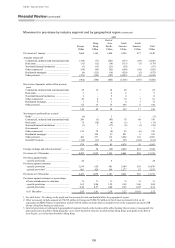 138
138 -
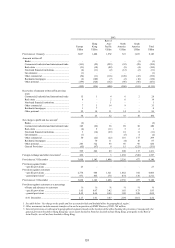 139
139 -
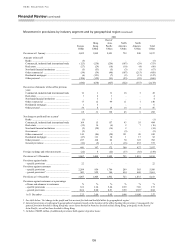 140
140 -
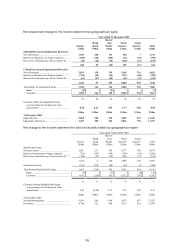 141
141 -
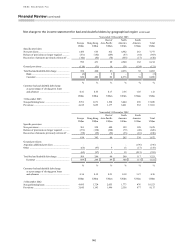 142
142 -
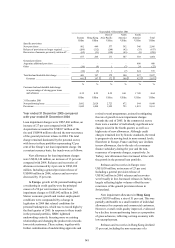 143
143 -
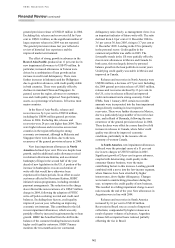 144
144 -
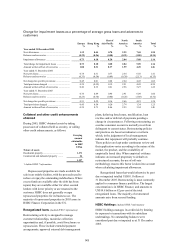 145
145 -
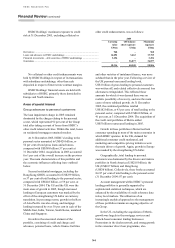 146
146 -
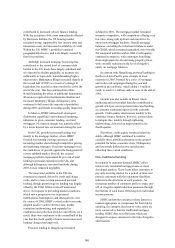 147
147 -
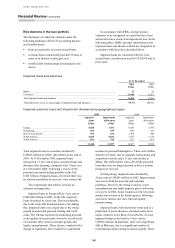 148
148 -
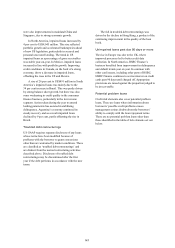 149
149 -
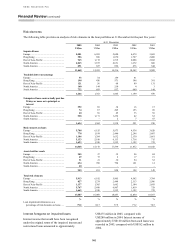 150
150 -
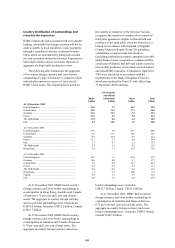 151
151 -
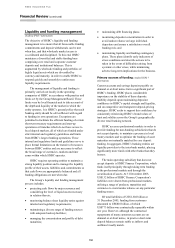 152
152 -
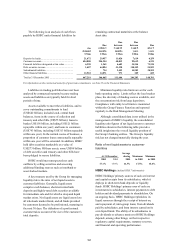 153
153 -
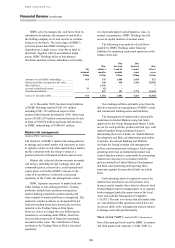 154
154 -
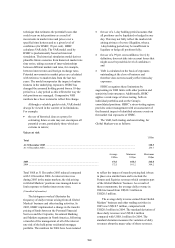 155
155 -
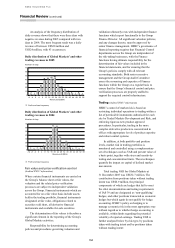 156
156 -
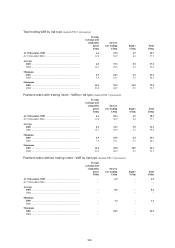 157
157 -
 158
158 -
 159
159 -
 160
160 -
 161
161 -
 162
162 -
 163
163 -
 164
164 -
 165
165 -
 166
166 -
 167
167 -
 168
168 -
 169
169 -
 170
170 -
 171
171 -
 172
172 -
 173
173 -
 174
174 -
 175
175 -
 176
176 -
 177
177 -
 178
178 -
 179
179 -
 180
180 -
 181
181 -
 182
182 -
 183
183 -
 184
184 -
 185
185 -
 186
186 -
 187
187 -
 188
188 -
 189
189 -
 190
190 -
 191
191 -
 192
192 -
 193
193 -
 194
194 -
 195
195 -
 196
196 -
 197
197 -
 198
198 -
 199
199 -
 200
200 -
 201
201 -
 202
202 -
 203
203 -
 204
204 -
 205
205 -
 206
206 -
 207
207 -
 208
208 -
 209
209 -
 210
210 -
 211
211 -
 212
212 -
 213
213 -
 214
214 -
 215
215 -
 216
216 -
 217
217 -
 218
218 -
 219
219 -
 220
220 -
 221
221 -
 222
222 -
 223
223 -
 224
224 -
 225
225 -
 226
226 -
 227
227 -
 228
228 -
 229
229 -
 230
230 -
 231
231 -
 232
232 -
 233
233 -
 234
234 -
 235
235 -
 236
236 -
 237
237 -
 238
238 -
 239
239 -
 240
240 -
 241
241 -
 242
242 -
 243
243 -
 244
244 -
 245
245 -
 246
246 -
 247
247 -
 248
248 -
 249
249 -
 250
250 -
 251
251 -
 252
252 -
 253
253 -
 254
254 -
 255
255 -
 256
256 -
 257
257 -
 258
258 -
 259
259 -
 260
260 -
 261
261 -
 262
262 -
 263
263 -
 264
264 -
 265
265 -
 266
266 -
 267
267 -
 268
268 -
 269
269 -
 270
270 -
 271
271 -
 272
272 -
 273
273 -
 274
274 -
 275
275 -
 276
276 -
 277
277 -
 278
278 -
 279
279 -
 280
280 -
 281
281 -
 282
282 -
 283
283 -
 284
284 -
 285
285 -
 286
286 -
 287
287 -
 288
288 -
 289
289 -
 290
290 -
 291
291 -
 292
292 -
 293
293 -
 294
294 -
 295
295 -
 296
296 -
 297
297 -
 298
298 -
 299
299 -
 300
300 -
 301
301 -
 302
302 -
 303
303 -
 304
304 -
 305
305 -
 306
306 -
 307
307 -
 308
308 -
 309
309 -
 310
310 -
 311
311 -
 312
312 -
 313
313 -
 314
314 -
 315
315 -
 316
316 -
 317
317 -
 318
318 -
 319
319 -
 320
320 -
 321
321 -
 322
322 -
 323
323 -
 324
324 -
 325
325 -
 326
326 -
 327
327 -
 328
328 -
 329
329 -
 330
330 -
 331
331 -
 332
332 -
 333
333 -
 334
334 -
 335
335 -
 336
336 -
 337
337 -
 338
338 -
 339
339 -
 340
340 -
 341
341 -
 342
342 -
 343
343 -
 344
344 -
 345
345 -
 346
346 -
 347
347 -
 348
348 -
 349
349 -
 350
350 -
 351
351 -
 352
352 -
 353
353 -
 354
354 -
 355
355 -
 356
356 -
 357
357 -
 358
358 -
 359
359 -
 360
360 -
 361
361 -
 362
362 -
 363
363 -
 364
364 -
 365
365 -
 366
366 -
 367
367 -
 368
368 -
 369
369 -
 370
370 -
 371
371 -
 372
372 -
 373
373 -
 374
374 -
 375
375 -
 376
376 -
 377
377 -
 378
378 -
 379
379 -
 380
380 -
 381
381 -
 382
382 -
 383
383 -
 384
384 -
 385
385 -
 386
386 -
 387
387 -
 388
388 -
 389
389 -
 390
390 -
 391
391 -
 392
392 -
 393
393 -
 394
394 -
 395
395 -
 396
396 -
 397
397 -
 398
398 -
 399
399 -
 400
400 -
 401
401 -
 402
402 -
 403
403 -
 404
404 -
 405
405 -
 406
406 -
 407
407 -
 408
408 -
 409
409 -
 410
410 -
 411
411 -
 412
412 -
 413
413 -
 414
414 -
 415
415 -
 416
416 -
 417
417 -
 418
418 -
 419
419 -
 420
420 -
 421
421 -
 422
422 -
 423
423 -
 424
424
 |
 |
145
contributed to increased vehicle finance lending.
With the exception of the areas immediately affected
by Hurricane Katrina, the US housing market
remained strong, supported by low interest rates and
transaction costs, and increased availability of credit.
Within the US, HSBC’s portfolios remained
geographically diverse, and were largely secured by
first lien positions.
Although increased mortgage borrowing has
contributed to the record level of consumer debt
burden in the US, levels have largely stabilised and
are expected to decline gradually, as incomes rise
sufficiently to repay debt, notwithstanding higher
interest rates. Bankruptcy filings increased sharply in
the second half of 2005 as a result of a change in
legislation, but receded to more modest levels by the
end of the year. This has continued into 2006.
Notwithstanding the effect of additional impairment
allowances required for the Hurricane Katrina and
increased bankruptcy filings, delinquency rates
continued to fall across the majority of portfolios
during 2005, and trends in lending quality improved.
In Mexico, HSBC utilised well-developed
distribution capabilities and enhanced marketing
initiatives to grow consumer lending, card and
mortgages. Net interest margin was partially offset
by a lower interest rate environment during the year.
In the UK, growth in personal lending was
mainly in the mortgage market, where HSBC
focused on retaining existing customers, and
increasing market share through competitive pricing
and marketing strategies. Fixed rate mortgages were
the main driver of growth, against the background of
a more subdued market. Overall, the secured
mortgage portfolio represented 64 per cent of total
lending to personal customers in the UK, and
although delinquency increased modestly during
2005, losses remained negligible.
The unsecured portfolio in the UK also
continued to expand, driven by credit and charge
cards, and to a lesser extent unsecured personal
lending, though growth in gross lending was largely
offset by the US$1 billion write-off mentioned
above. In response to prevailing market conditions,
which saw a progressive rise in personal
indebtedness, bankruptcies and delinquencies over
the course of 2005, HSBC revised credit scorecards,
adopted positive credit reference data, further
centralised underwriting, and expanded its
origination and collection analytics and efforts. As a
result, there were indicators in the second half of the
year that the credit quality of more recent unsecured
lending vintages had improved.
Personal lending in Hong Kong remained
subdued in 2005. The mortgage market remained
intensely competitive, with competitors offering very
low rates, along with up-front cash incentives to
attract new mortgage business. Overall mortgage
balances, excluding the reduction in balances under
the GHOS, which remained suspended, were broadly
flat compared with December 2004. Credit quality
continued to improve, with consumers benefiting
from employment levels and rising property prices,
with a notable reduction in the level of negative
equity on mortgage balances.
In contrast with Hong Kong, personal lending in
the Rest of Asia-Pacific grew strongly in most
countries in 2005, boosted by a series of mortgage
and credit card campaigns during the year and
growth in the card base, which added 1.6 million
cards, to reach 6.3 million cards in issue at the end of
2005.
Growth was also notable in Brazil, where
marketing and new product launches contributed to
growth of 44 per cent in personal unsecured lending,
as consumer sentiment improved with economic
growth. Credit quality deteriorated, notably in the
consumer finance business, however, actions taken
to mitigate this, notably through tightening
underwriting, delivered an improvement in the
fourth quarter.
Elsewhere, credit quality remained relatively
stable, although HSBC continued to monitor
carefully those portfolios that possess the greatest
potential for future economic stress. Delinquency
and loss trends differed across jurisdictions,
reflecting these varied conditions.
Non-traditional lending
In response to customer demand, HSBC offers
interest only residential mortgage loans in more
developed markets. These loans allow customers to
pay only accruing interest for a period of time, and
provide customers with the repayment flexibility
inherent in the structures of such products. An
increasing number of customers prefer to make one-
off, or irregular capital reduction payments through
the lifetime of such loans, reflecting their individual
income patterns.
HSBC underwrites and prices these loans in a
manner appropriate to compensate for their risk by
ensuring, for example, that loan-to-value ratios are
more conservative than for traditional mortgage
lending. HSBC does not offer loans which are
designed to expose customers to the risk of negative
amortisation.
